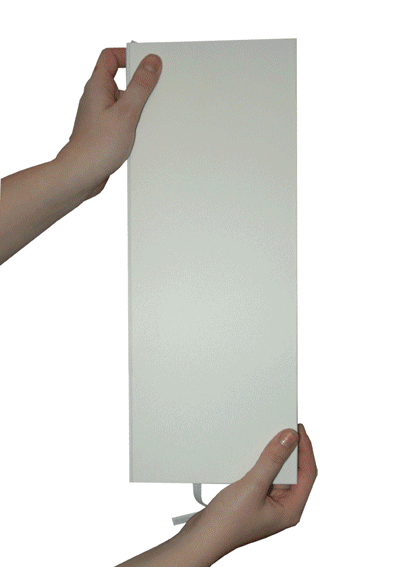MICHOU NANON DE BRUIJN ➔ contact
ALL WORK ➔ research ➔ spaces & exhibitions ➔ education
next project ➔
 INDIVIDUAL IDEA
INDIVIDUAL IDEA
(Graduation 2008)
A dictionary and a textile made of products standing in the living rooms of six random Dutch families, with
children in the age between 0-11 years. The products in which we are growing up are influencing our
understanding of the ideal, our ideal of size, shape, color and material.
The houses that we create in our daydreams are unexplainable. They emerge from positive memories of every
individuals past. To describe these houses means to visit them. Our parents house for example is not only a
building it is too a dream building. Each of its corners was a resort for reveries. Where our dreams personalised their character. For each of us exist a dream home, a house of dream-memories. Lost in a shade
of the true past.This dream house is the crypt of the parents home. The parents? house is not only present
in our memoriesbut also physically. It is built out of a group of organic habitants. Even 20 years after
moving out, you will still be able to recognize the step in the stairs that is a little
higher, the weight of
the one chair, the feeling of the structured walls, the carpet tickling on your naked feeds. You will recognize
the sound of the doors and you will remember the feeling of the lightest handle in your hand. The house that we
inhabited affected our gestures. But surprisingly, when we come back after a long time, we still remember them.
The parents house did imprint or idea of living. (Gaston Bachelard) Being a child in the time of massproduction
and consumerism makes our memory of home less individually. That means that the individual -ideal home-
gets more similar to the `ideal home? of the society.
In Platons idea lore, products play a significant role. In his -Politeia- for example, Platon talks about a
chair; The notion of the chair is present only once. The chair mentioned does not exist in the world of concrete
things, but only in the mind of a carpenter who made it. The chair as a phenomenological Konkretum is thus only
a more or less successful image of this prototype, however mostly the world of the visible things is a bad copy of the ideas. At the same time, the imaginary world forms the condition of the aestheticperception: If there was
no notion of a chair, then nobody who is able to see a chair, would recognize it as such.